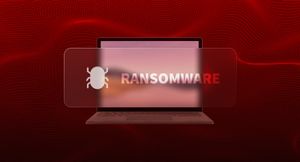If Archimedes were walking among us, his words would certainly be “Give me a link and I will tell the world”. The link, the internet’s atomic brick, is also the most ignored security hole. Whether it is the shadiest Tor’s website or the video of your cat, as soon as you give someone a link you open yourself up to the possibility of unwelcome visitors. Whose hands is this link falling into? And yet, it’s so stupidly easy we simply cannot do without it. An internet without links. Can you imagine such a place? Can you imagine if all of a sudden links stopped working everywhere? Most of the web would look like this
Cubbit is different.
The stuff you store on Cubbit is not just parked unencrypted in someone else’s data center; it is stored on a distributed network of devices and client-side encrypted. What’s more, a link to one of your files also contains, within its string, the encryption key that is necessary to decrypt the file itself. Other than that, it works the same as the links you are familiar with, i.e. whoever has the link can access the file. We call these kinds of links public links. This, for example, is a public link. So far nothing exceptionally new.
Then, what are private links?
Private links, as you can guess, do not contain the encryption key to access the file they point to. They are, you know, private. It follows that if you want to share something via private link, you ought to share the encryption key as well. This, for instance, is a private link. This, instead, is the corresponding encryption key: 2psPAnlPQRT2hI3gR1yU+EyD9eJDpnJNdLHDC69IWzs!+MyvP233/oxFporNVovOLg
As you can see by clicking on the private link, you’re going nowhere without the key. You enter the key and zapp! You’re in.
What’s the purpose of all of this, you ask? To give you simple tools to increase your security.
In summary, when you want to give a link to one of your files to a friend of yours, there are two ways: public links and private links. Below you can see how it all works.

Tips on how to safely share your encryption key
- Write the encryption key on a piece of paper and hand it to the addressee. After all, nothing’s more secure than a piece of paper and your own hands.
- Send it through a different application than the one you used to send the private link. That is, don’t you use WhatsApp to send the key if you used it to send the private link.
What are you waiting for? Try Cubbit for free for 30 days — no credit card required!








